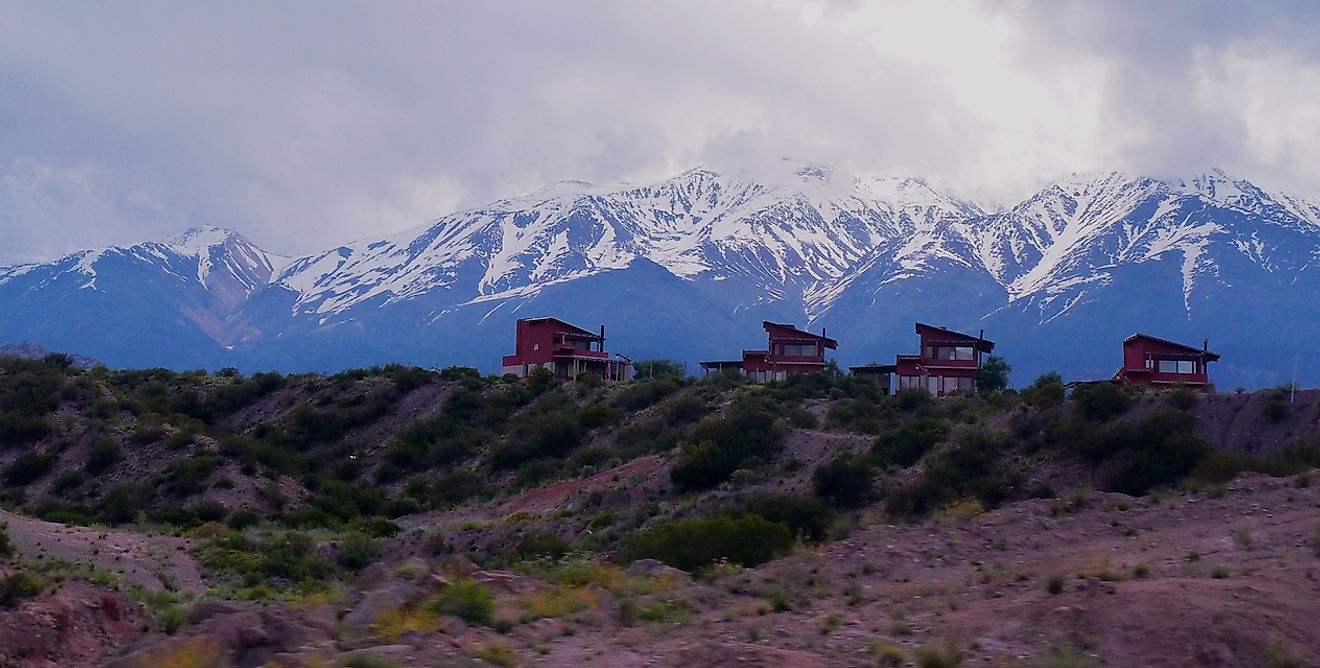What are the Andean States of South America?

The Andean States is a group of countries in South America that are linked by the Andes Mountain range. The term is often used to refer to the seven South American countries that the Andes run through, regions that share culture, or to designate countries that are members of the Andean Community. The Andes Mountain Range extends through the western part of South America. However, “Andean State” puts emphasis on the mountainous regions of these countries. Argentina and Chile are, therefore, not considered to be Andean States, but are part of the Andean region. The five Andean States are listed below.
Colombia
Colombia is situated in the northwestern part of South America, with part of its territories in the Central America. It shares its borders with other Andean states, including Venezuela and Ecuador. Colombia is divided into six natural regions, including the Andes Mountain range region, Amazon Rainforest region, and the Pacific Coastal region. The Andes Mountain is the most populated area in Colombia and forms the country’s urban center. The Colombian Andes divides into three branches known as cordilleras. Colombia is one of the founding members of the Andean Community.
Ecuador
Ecuador is composed of lowlands, the Andes Mountains, and Galapagos Island. The country shares its borders with Peru, Colombia, and the Pacific Ocean. Ecuador covers an area of about 109,500 square miles. It is subdivided into four main geographic regions, namely La Costa, La Sierra, La Amazonia, and La Region Insular. Ecuador, together with Peru and Bolivia, forms part of the Central Andes. Ecuador is one of the megadiverse countries in the world, with the most biodiversity per square meter. With so many mountains and coastal land, the only viable activity in the country is fishing. Mining and agriculture also play an important role in the economy of Ecuador. Ecuador is a member of the Andean Community of Nations.
Peru
Peru is situated in the western part of South America. It is an extremely biodiverse country, with regions including the Pacific coast, the peak of the Andes mountains, Amazon Basin, and the Amazon River. Peru covers an area of approximately 496,225 square miles. The Andes Mountains defines the country’s three regions: coast, highlands, and jungle. Fishing, farming, and mining are the country’s main economic activities. Peru’s foreign relations have been characterized by border conflicts with neighboring countries, including Chile and Ecuador.
Venezuela
Venezuela is a country located in the northwestern portion of South America. The Venezuelan Andes refer to the very northernmost portion of the Andes Mountains. It covers an area of around 5% of the total Venezuelan area. The Andes in Venezuela can be divided into the Sierra de Perija and the Cordillera de Mérida.
Bolivia
Bolivia is a landlocked country in western-central South America. It has an area of approximately 424,160 square miles, with about one-third of that total in the Andean Mountain Range. It stretches from the Central Andes to as far as the Amazon. Bolivia is divided into three physiographic regions, including the Andean, Sub-Andean, and the Llanos regions. The Andean region spans over 28% of the country’s territory, while the Llanos region comprises 59% of the country. Bolivia’s economy is dependent on mining, the exploration of natural gas, and agriculture. Bolivia has had a maritime dispute with Chile that strained their relationship. However, the dispute has since been resolved. Bolivia remains a contributing member of the Andean Community.







